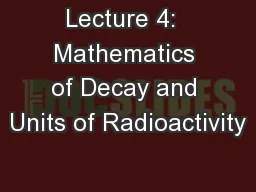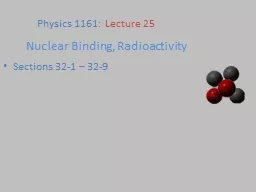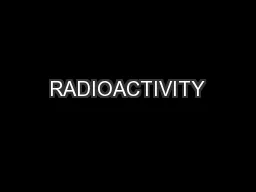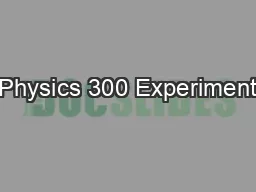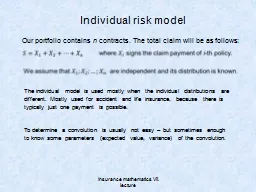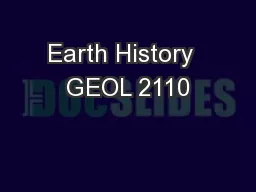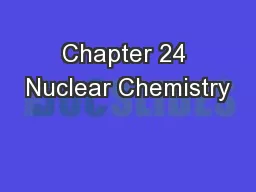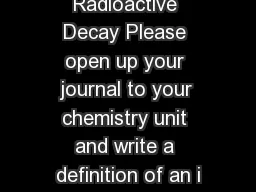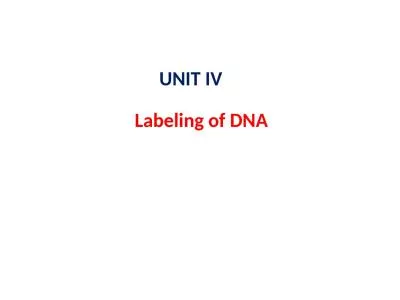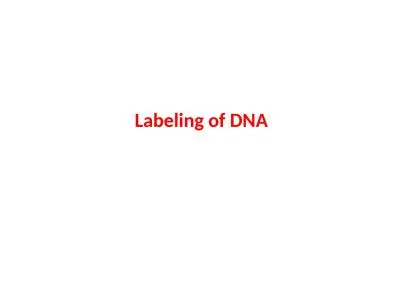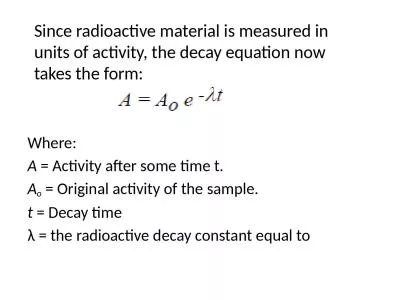PPT-Lecture 4: Mathematics of Decay and Units of Radioactivity
Author : karlyn-bohler | Published Date : 2018-09-21
Unit I the Physics of Nuclear Medicine From Researchers Find Cancer in Ancient Egyptian Mummy The Cosmos News Retrieved 27 Aug 2012 from httpwwwcosmostvorg201201researchersfindcancerinancienthtml
Presentation Embed Code
Download Presentation
Download Presentation The PPT/PDF document "Lecture 4: Mathematics of Decay and Uni..." is the property of its rightful owner. Permission is granted to download and print the materials on this website for personal, non-commercial use only, and to display it on your personal computer provided you do not modify the materials and that you retain all copyright notices contained in the materials. By downloading content from our website, you accept the terms of this agreement.
Lecture 4: Mathematics of Decay and Units of Radioactivity: Transcript
Download Rules Of Document
"Lecture 4: Mathematics of Decay and Units of Radioactivity"The content belongs to its owner. You may download and print it for personal use, without modification, and keep all copyright notices. By downloading, you agree to these terms.
Related Documents

